Oct 30, 2023The dermis is the layer of skin found deep to the epidermis and superficial to the hypodermis. Thickness of the dermis varies and can range from 0.6 mm () to 3 mm (palmar and plantar skin).The dermis contains a mixture of vessels, nerves and epidermal derivatives (hair follicles, arrector pili muscle, glands) embedded in a tough fibroelastic tissue consisting of collagen (mainly types I and
Formaldehyde (CH2O) – Structure, Molecular Mass, Properties & Uses
The Dermis. The second layer of the skin, the dermis, consists of various connective tissues. As connective tissue, it contains fibroblasts and macrophages within a gelatinous matrix containing collagen, elastic, and reticular fibers. The structure provides strength, extensibility (the ability to be stretched), and elasticity (the ability to
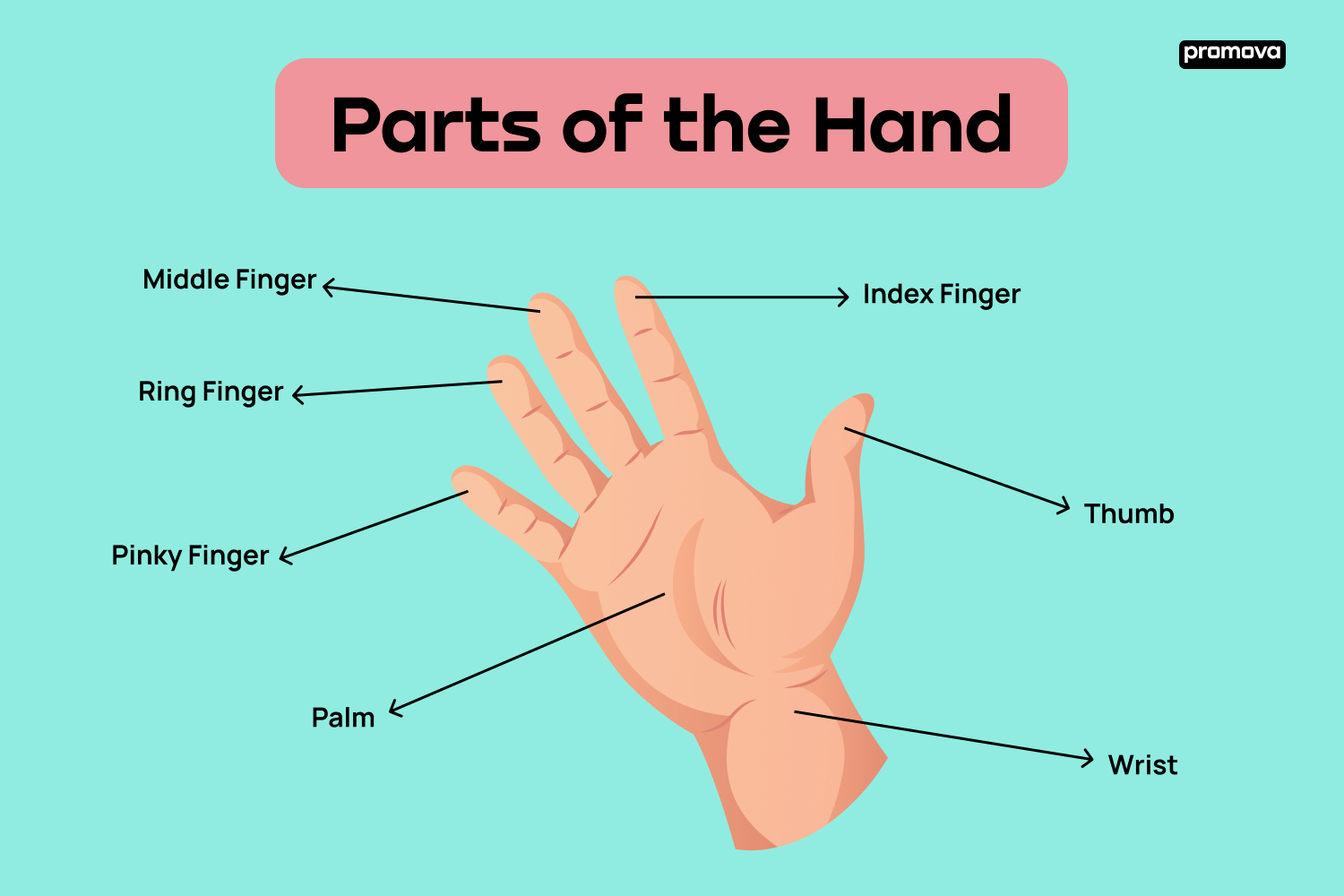
Source Image: promova.com
Download Image
The dermis supports the epidermis by providing it with nutrients and toughness. It is made up of fibres and ground substance, with nerves, blood vessels and cellular infiltrations. The papillary dermis is the upper portion beneath the epidermis, characterised by thin haphazardly arranged collagen fibres, thin elastic fibres and ground substance.

Source Image: quizlet.com
Download Image
Cyclohexene | Properties, Structure & Synthesis – Video & Lesson Transcript | Study.com Apr 26, 2022The dermis has two parts: a thin, upper layer known as the papillary dermis, and a thick, lower layer known as the reticular dermis. Its thickness varies depending on the location of the skin. For example, the dermis on the eyelids is 0.6 millimeters thick; on the back, the palms of hands and the soles of feet, it measures 3 millimeters thick
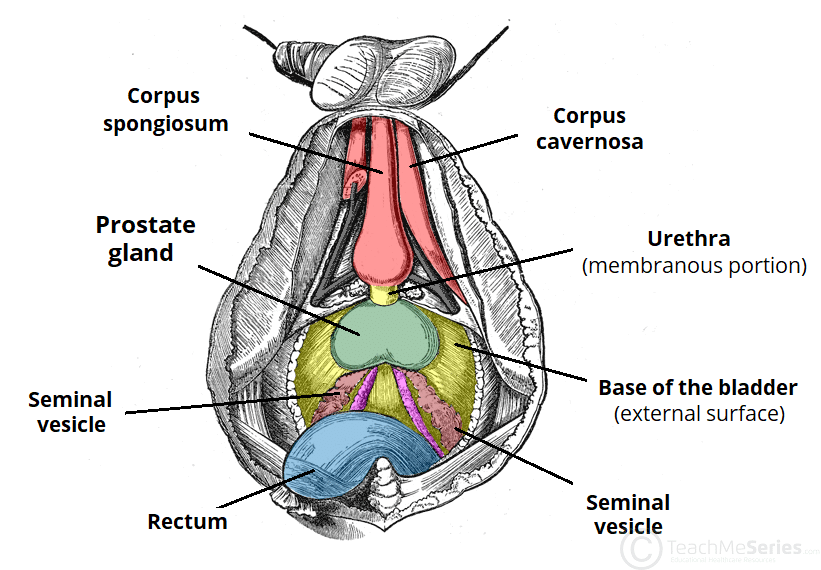
Source Image: teachmeanatomy.info
Download Image
Label The Structures Associated With The Dermis.
Apr 26, 2022The dermis has two parts: a thin, upper layer known as the papillary dermis, and a thick, lower layer known as the reticular dermis. Its thickness varies depending on the location of the skin. For example, the dermis on the eyelids is 0.6 millimeters thick; on the back, the palms of hands and the soles of feet, it measures 3 millimeters thick It varies in thickness from 0.3 to several centimetres in thickness. The thinnest sites are the eyelids (a few cells thick) and scrotum. The thickest are the soles and palms (about 30 cells thick). The total weight of skin can reach 20 kg, about 16% of total body weight. Skin is made up of: Epidermis. Basement membrane zone.
The Prostate Gland – Structure – Vasculature – Lymph – TeachMeAnatomy
Figure 5.1.1 Layers of Skin: The skin is composed of two main layers: the epidermis, made of closely packed epithelial cells, and the dermis, made of dense, irregular connective tissue that houses blood vessels, hair follicles, sweat glands, and other structures. Cytoskeleton – Wikipedia
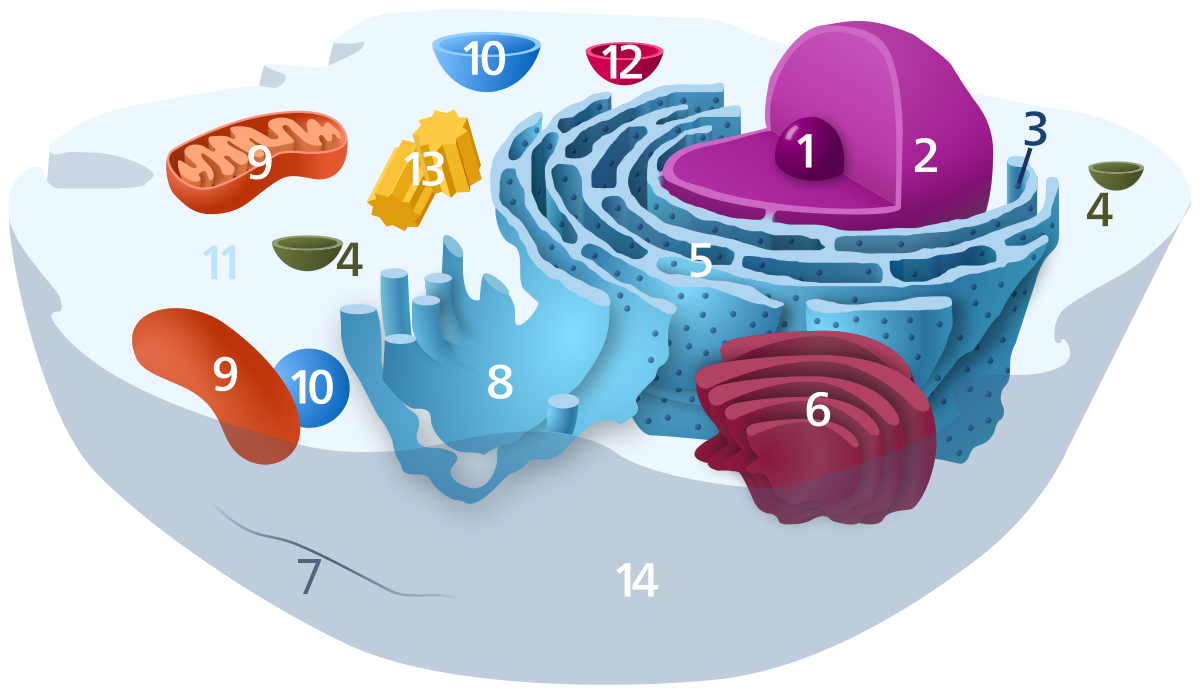
Source Image: en.wikipedia.org
Download Image
Arteries – Functions, Types, and Structure in the Human Body Figure 5.1.1 Layers of Skin: The skin is composed of two main layers: the epidermis, made of closely packed epithelial cells, and the dermis, made of dense, irregular connective tissue that houses blood vessels, hair follicles, sweat glands, and other structures.
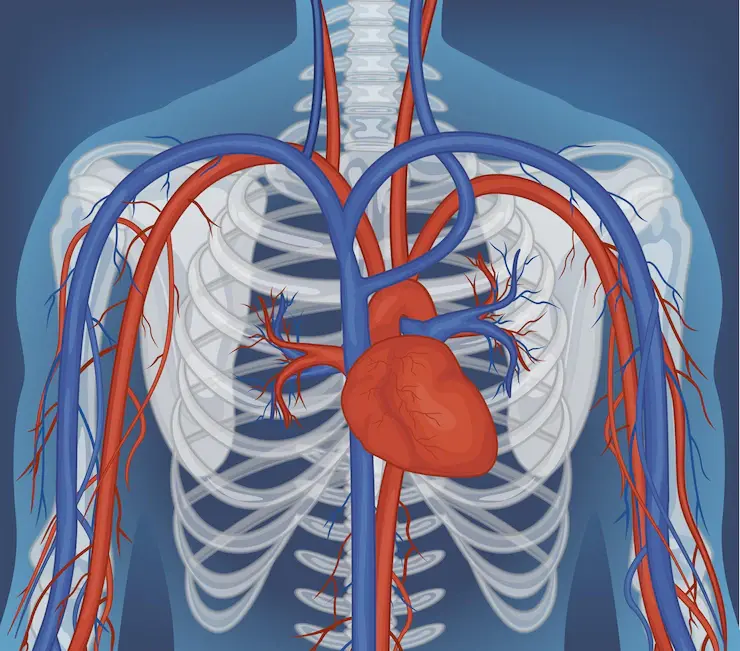
Source Image: metropolisindia.com
Download Image
Formaldehyde (CH2O) – Structure, Molecular Mass, Properties & Uses Oct 30, 2023The dermis is the layer of skin found deep to the epidermis and superficial to the hypodermis. Thickness of the dermis varies and can range from 0.6 mm () to 3 mm (palmar and plantar skin).The dermis contains a mixture of vessels, nerves and epidermal derivatives (hair follicles, arrector pili muscle, glands) embedded in a tough fibroelastic tissue consisting of collagen (mainly types I and
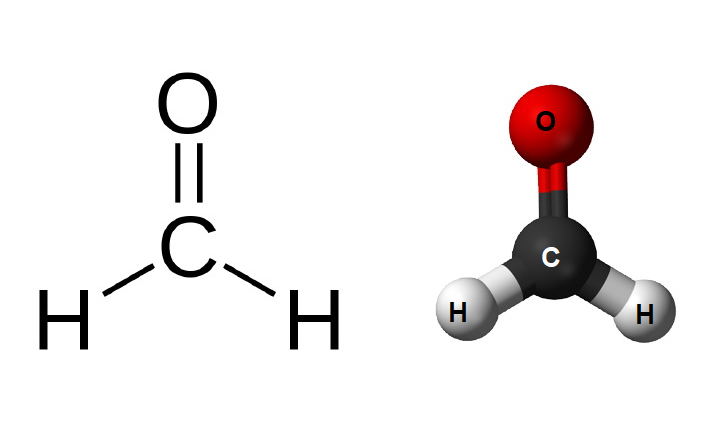
Source Image: byjus.com
Download Image
Cyclohexene | Properties, Structure & Synthesis – Video & Lesson Transcript | Study.com The dermis supports the epidermis by providing it with nutrients and toughness. It is made up of fibres and ground substance, with nerves, blood vessels and cellular infiltrations. The papillary dermis is the upper portion beneath the epidermis, characterised by thin haphazardly arranged collagen fibres, thin elastic fibres and ground substance.

Source Image: study.com
Download Image
Solved] In the outline below draw, color and label the following… | Course Hero Nov 14, 2022The dermis is a fibrous structure composed of collagen, elastic tissue, and other extracellular components that includes vasculature, nerve endings, hair follicles, and glands. The role of the dermis is to support and protect the skin and deeper layers, assist in thermoregulation, and aid in sensation.
Source Image: coursehero.com
Download Image
The Skin Layers: Epidermis, Dermis, and Hypodermis – Structure and Functions – EH BIOSCIENCE SARL Apr 26, 2022The dermis has two parts: a thin, upper layer known as the papillary dermis, and a thick, lower layer known as the reticular dermis. Its thickness varies depending on the location of the skin. For example, the dermis on the eyelids is 0.6 millimeters thick; on the back, the palms of hands and the soles of feet, it measures 3 millimeters thick

Source Image: beyondmenscare.ch
Download Image
Solved 1. List the layers of the dermis and describe the | Chegg.com It varies in thickness from 0.3 to several centimetres in thickness. The thinnest sites are the eyelids (a few cells thick) and scrotum. The thickest are the soles and palms (about 30 cells thick). The total weight of skin can reach 20 kg, about 16% of total body weight. Skin is made up of: Epidermis. Basement membrane zone.

Source Image: chegg.com
Download Image
Arteries – Functions, Types, and Structure in the Human Body
Solved 1. List the layers of the dermis and describe the | Chegg.com The Dermis. The second layer of the skin, the dermis, consists of various connective tissues. As connective tissue, it contains fibroblasts and macrophages within a gelatinous matrix containing collagen, elastic, and reticular fibers. The structure provides strength, extensibility (the ability to be stretched), and elasticity (the ability to
Cyclohexene | Properties, Structure & Synthesis – Video & Lesson Transcript | Study.com The Skin Layers: Epidermis, Dermis, and Hypodermis – Structure and Functions – EH BIOSCIENCE SARL Nov 14, 2022The dermis is a fibrous structure composed of collagen, elastic tissue, and other extracellular components that includes vasculature, nerve endings, hair follicles, and glands. The role of the dermis is to support and protect the skin and deeper layers, assist in thermoregulation, and aid in sensation.